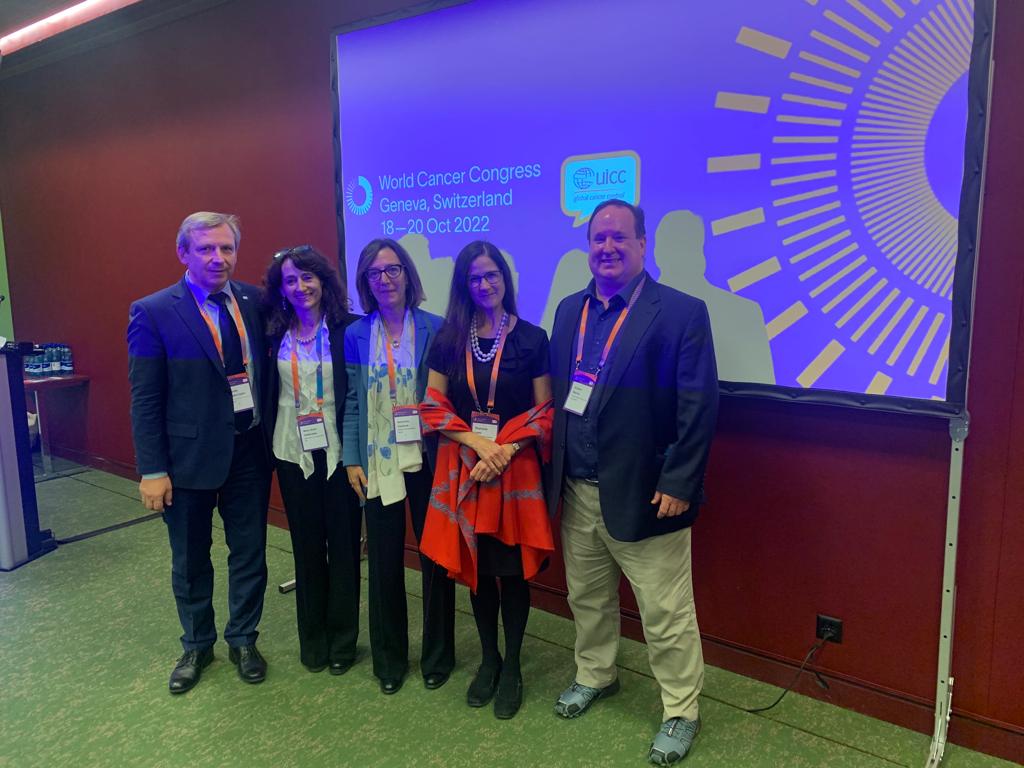|
Rassegna Stampa Scientifica Dicembre 2022
|
“New Zealand has introduced a steadily rising smoking age to stop those aged 14 and under from ever being able to legally buy cigarettes in world-first legislation to outlaw smoking for the next generation. Associate health minister Ayesha Verrall said at the law’s passing on Tuesday: “Thousands of people will live longer, healthier lives and the health system will be $5bn better off from not needing to treat the illnesses caused by smoking, such as numerous types of cancer, heart attacks, strokes, amputations.” New Zealand is believed to be the first country in the world to implement the annually rising smoking age, ensuring tobacco cannot be sold to anyone born on or after 1 January 2009. It will be accompanied by a slew of other measures to make smoking less affordable and accessible, including dramatically reducing the legal amount of nicotine in tobacco products and forcing them to be sold only through specialty tobacco stores, rather than corner stores and supermarkets.” [Tess McClure. New Zealand passes world-first tobacco law to ban smoking for next generation, The Guardian]
“The Supreme Court [this past] Monday refused to block a California law banning flavored tobacco, clearing the way for the ban to take effect next week… R.J. Reynolds, the maker of Newport menthol cigarettes, had asked the justices to intervene before next Wednesday, when the law is set to go into effect. The company, joined by several smaller ones, argued that a federal law, the Tobacco Control Act of 2009, allows states to regulate tobacco products but prohibits banning them… Last week, the Justice Department announced an agreement for 200,000 retailers to display eye-catching signs in their stores about the dangers of cigarette smoking. The order goes into effect in July and gives retailers three months to post the signs. The agreement settles the terms of a 1999 racketeering lawsuit filed by the U.S. government against tobacco companies, including Reynolds.” [Adam Liptak. Supreme Court Refuses to Block California’s Ban on Flavored Tobacco, NY Times. See also: U.S. Supreme Court lets California ban flavored tobacco products, Reuters]
“Juul Labs, the e-cigarette manufacturer, announced [last] Tuesday that it has reached settlements covering more than 5,000 cases with nearly 10,000 plaintiffs. The sweeping resolutions, which litigators say will address youth e-cigarette usage, come after more than three years of legal battles. The settlements include compensation for those suffering from nicotine addiction and other health problems as well as reimbursement for those who purchased Juul products... Juul did not disclose the settlement amount… But Robert Jackler, a Stanford medical school professor who researches the impact of tobacco advertising and served as an expert witness in the proceedings, was less optimistic. “Time and again, tobacco companies absorb sizable legal settlements as a cost of doing business, only [to] reemerge as highly profitable purveyors [of] nicotine products, which they market to youth.”” [Kelsey Ables. E-cigarette firm Juul settles 5,000 lawsuits amid teen vaping concerns, Washington Post. See also: Juul settles more than 5,000 lawsuits over its vaping products, NPR]
“Using e-cigarettes to quit was associated with significantly lower odds of having stopped smoking cigarettes (odds ratio, 0.62; 95% confidence interval, 0.45–0.85), controlling for nicotine dependence and demographics… Ever-smoking youth who used e-cigarettes “to try to quit using other tobacco products, such as cigarettes” had lower odds of having stopped smoking cigarettes than those who did not use e-cigarettes as to try to quit. Physicians, regulators, and educators should discourage youth from attempting to use e-cigarettes as a way to stop smoking cigarettes.”
e-Cigarettes Used by Adolescents to Try to Quit Smoking Are Associated With Less Quitting: A Cross-Sectional Analysis of the National Youth Tobacco Survey
Journal of Adolescent Health
Available online 5 December 2022
In Press, Corrected Proof
Stanton A. Glantz.
https://www.sciencedirect.com/science/article/abs/pii/S1054139X22007066
“The growing use of e-cigarettes has been condemned as a significant health crisis by some and welcomed as an unprecedented opportunity to eliminate combustible tobacco by others. Seeking to better understand the contestation and range of perspectives on this issue, this article employs an interpretivist approach to identify how experts communicate their perspectives on these issues… Throughout, experts struggled and disagreed with precisely where and how to define “harm reduction." Overall, this study significantly expands on past literature by delving more deeply into the broader ideological contexts in which these policy disagreements occur, and the argumentative strategies employed within them.”
Understanding experts’ conflicting perspectives on tobacco harm reduction and e-cigarettes: An interpretive policy analysis
SSM - Qualitative Research in Health, 2, 100197.
Available online 24 November 2022, Version of Record 2 December 2022.
Daniel Eisenkraft Klein, Benjamin Hawkins, Robert Schwartz
https://www.sciencedirect.com/science/article/pii/S2667321522001597
Note: Open Access.
[Kenyan farmer] Siprone Chacha “was tempted into tobacco cultivation by the prospect of increasing her income. However, she found that by the time she had cut down trees, cleared land, planted the crop, paid for the pesticides and the fertilizer, and then carefully nurtured the crop to maturity it was hard to make a profit. On top of everything else, the buyer with whom she had a contract did not accept all of her leaves. “If the leaf was not perfect, he would not take it which meant that I had to dump the unsold crop on my land which was poisoned by the nicotine.”
Cultivating tobacco-free farms
Bull World Health Organ. 2022 Dec 1; 100(12): 754–755.
Gary Humphreys
https://www.ncbi.nlm.nih.gov/pmc/articles/PMC9706357/
Note: Open Access.






















